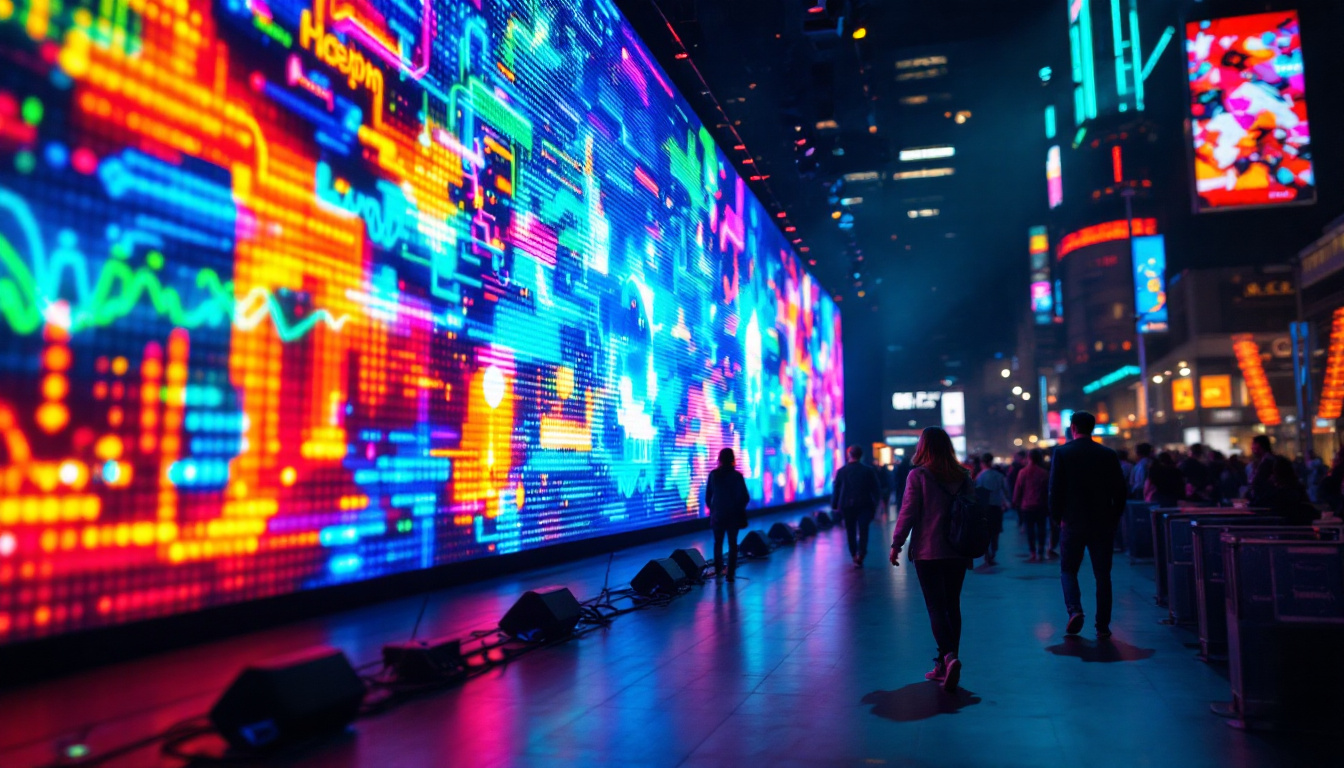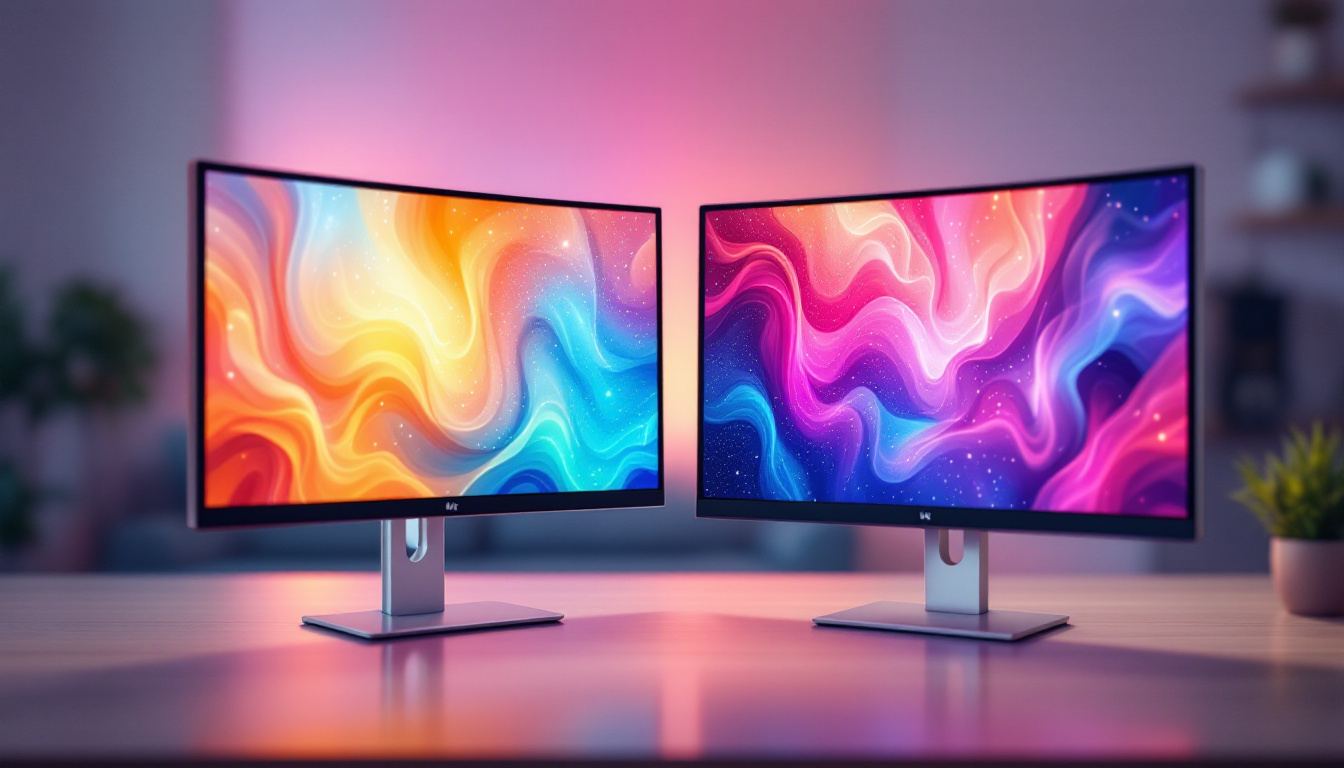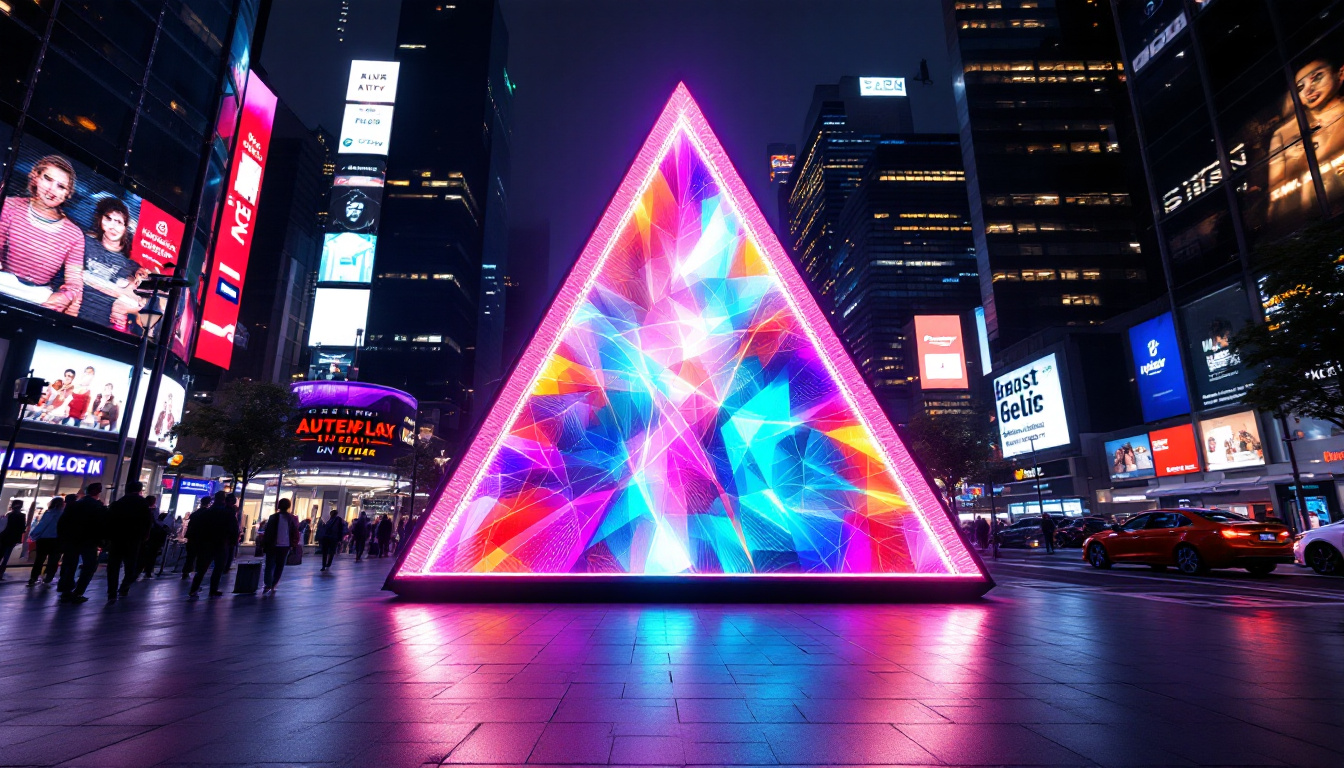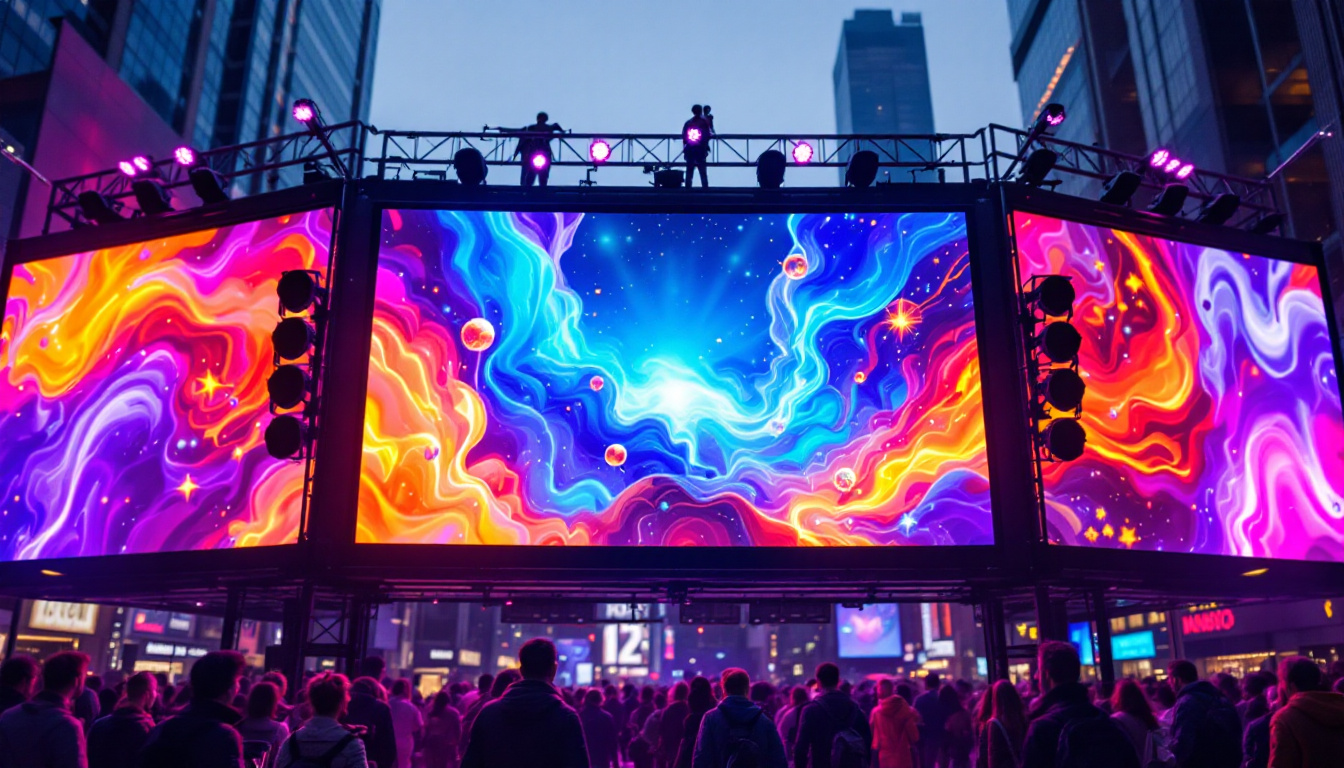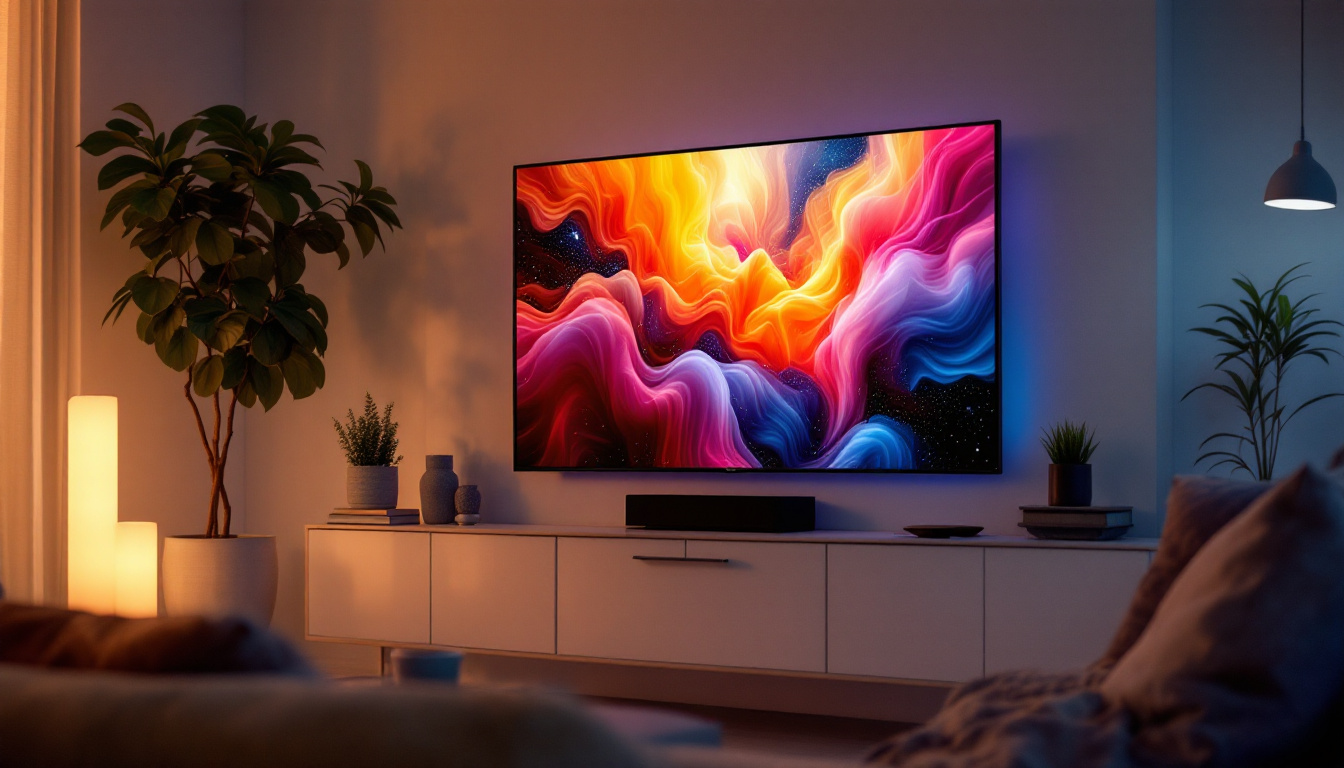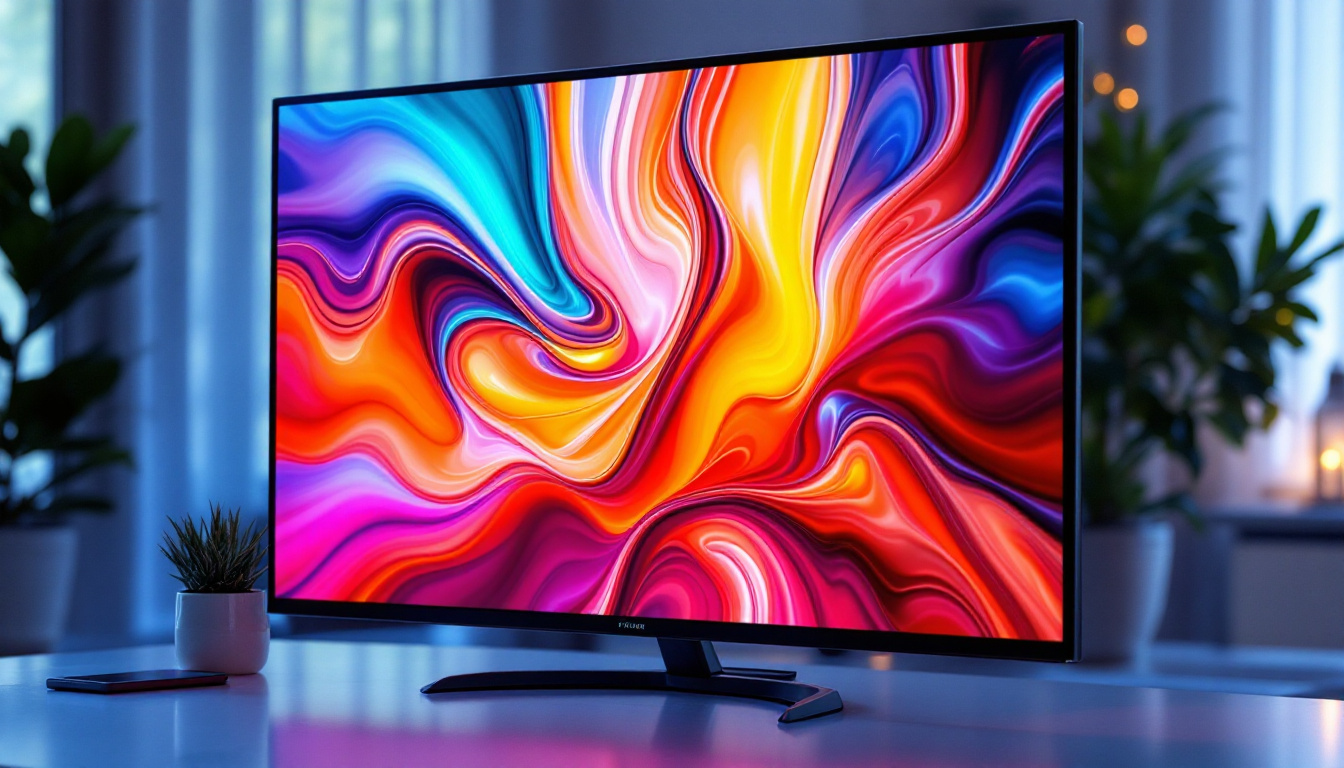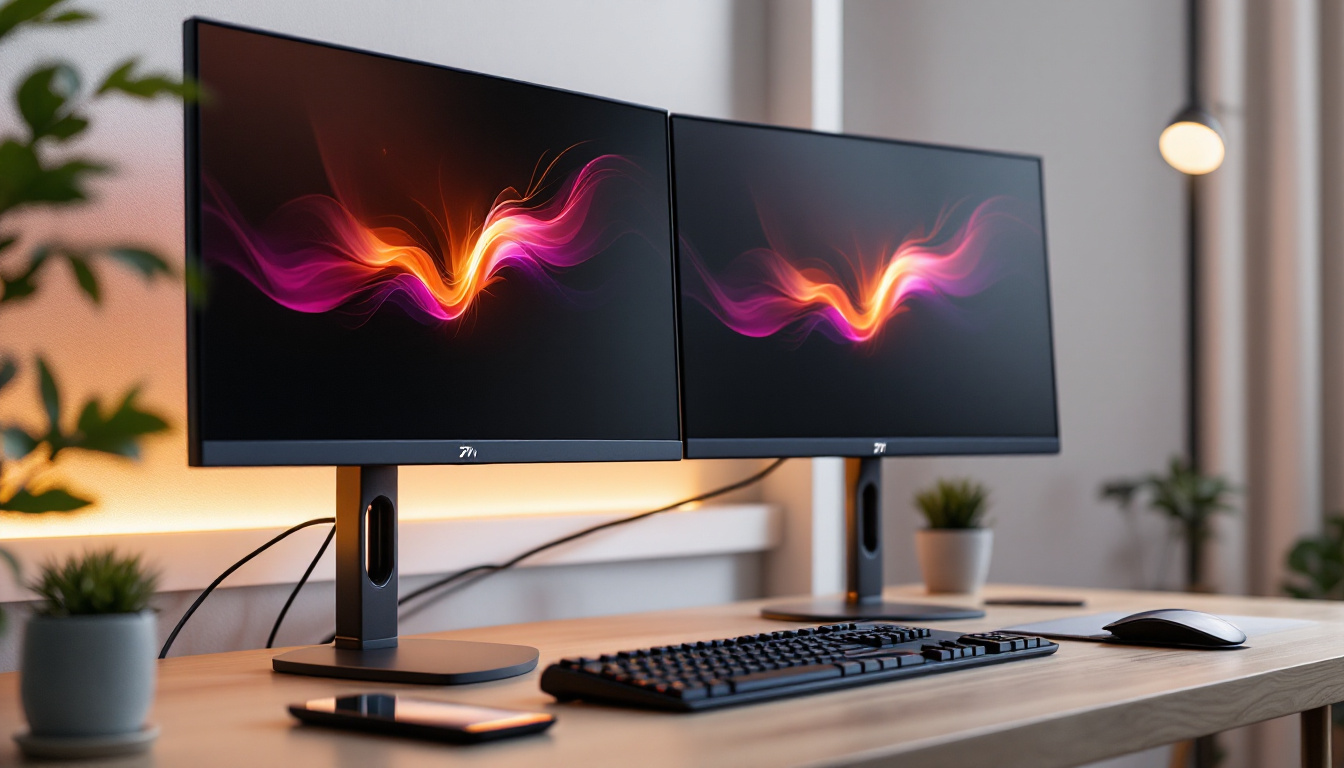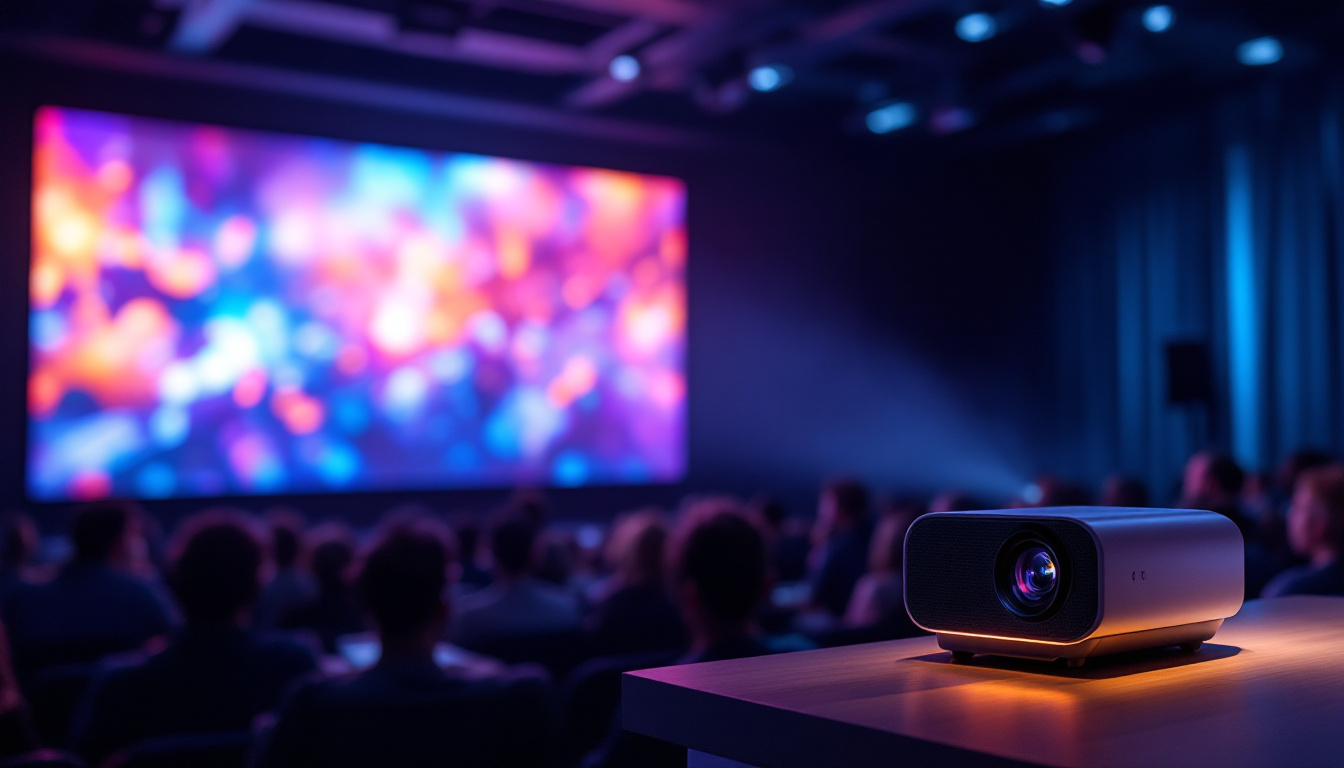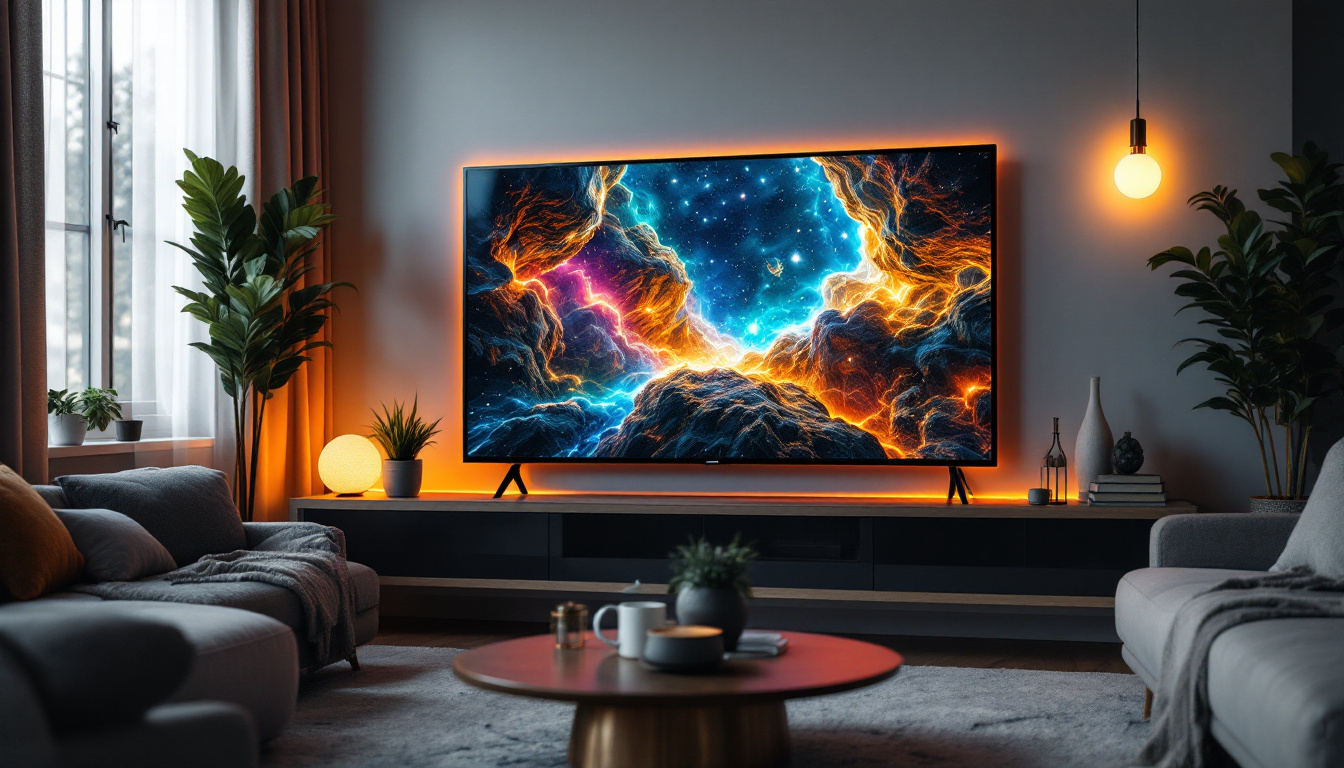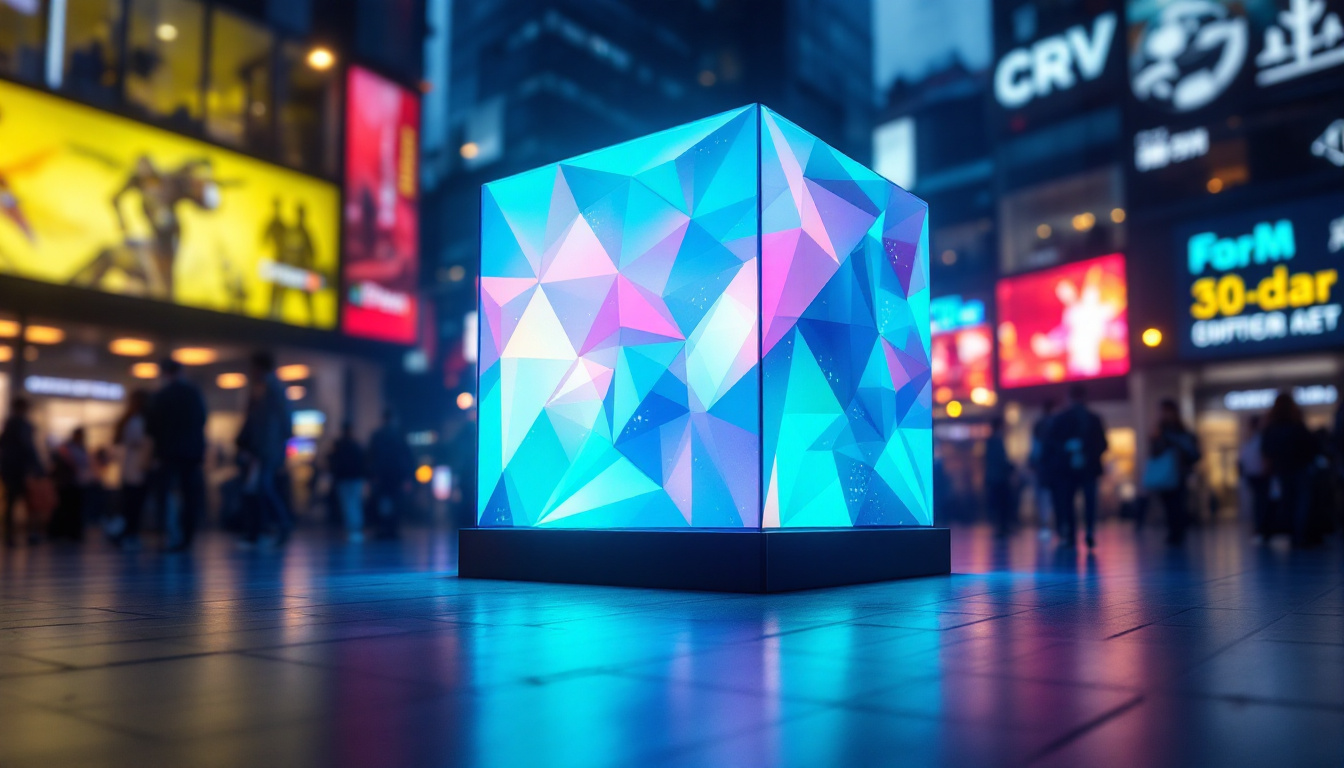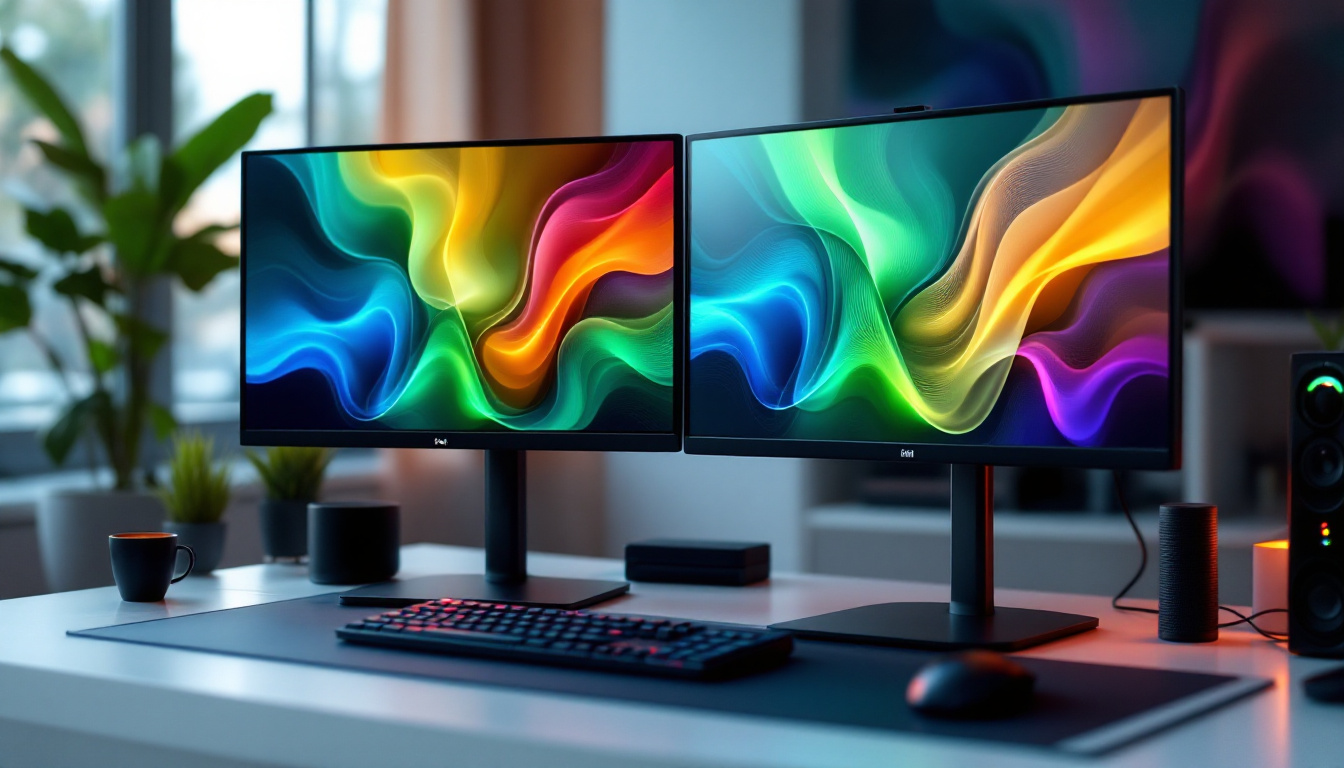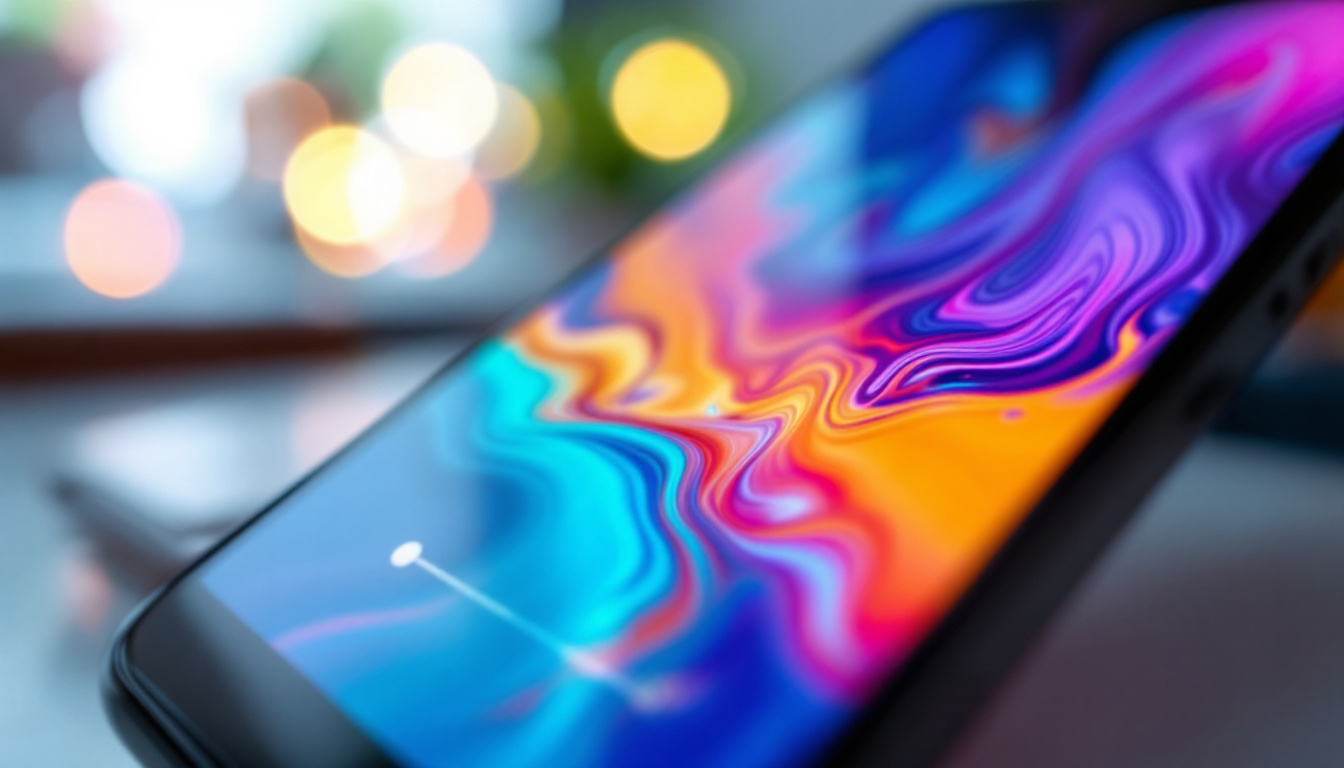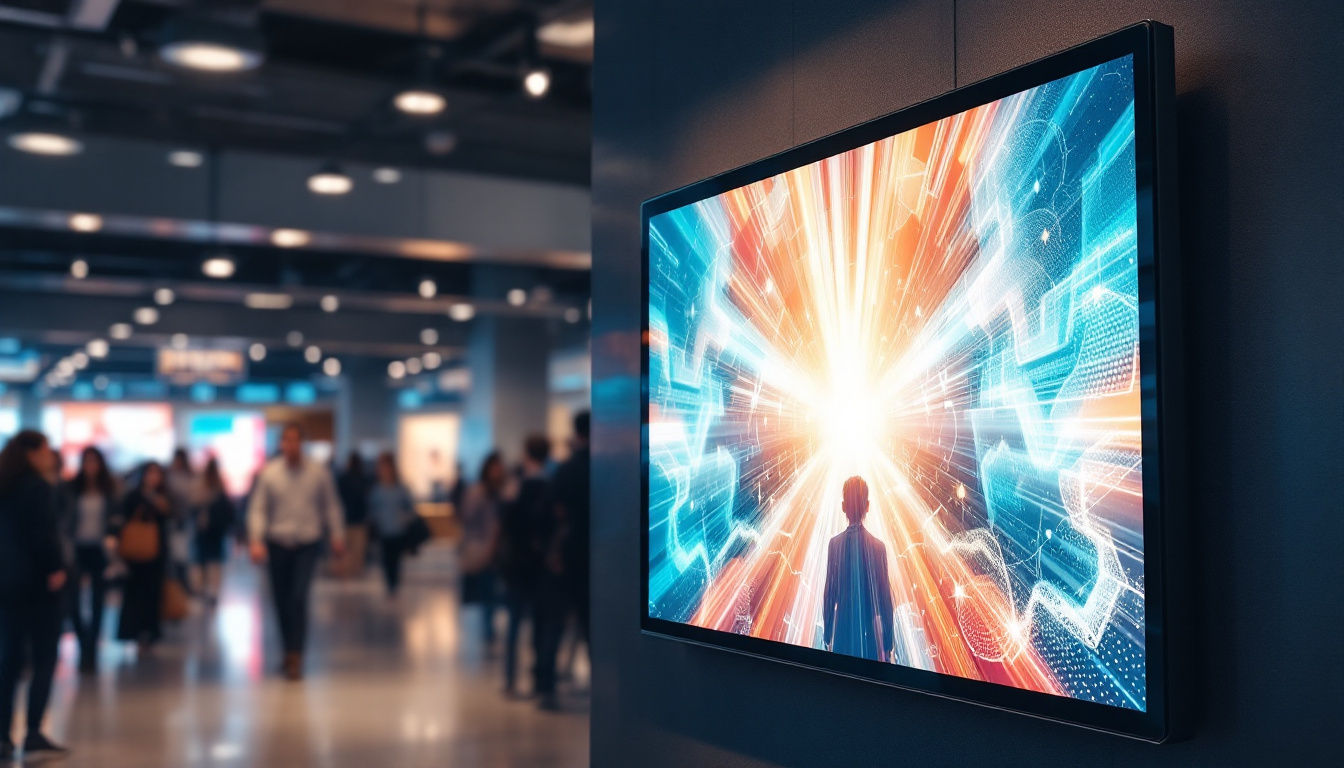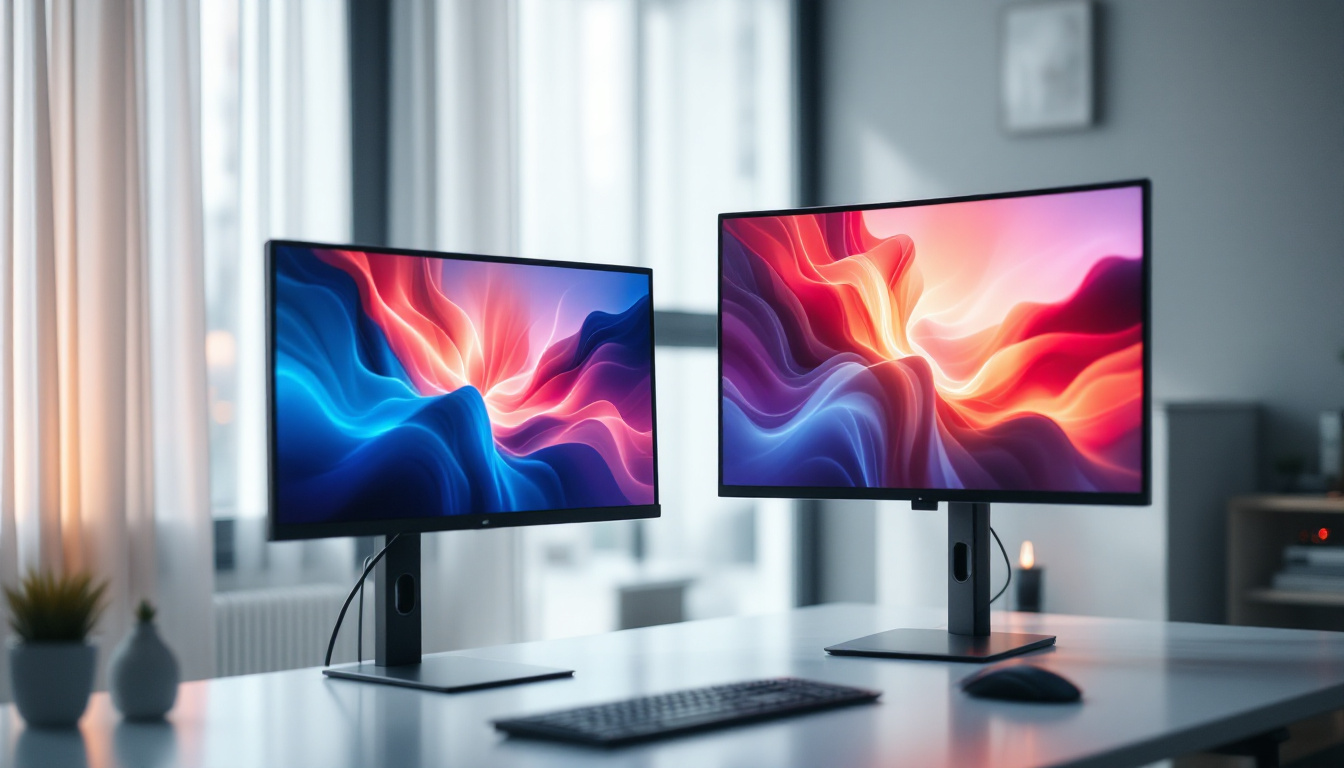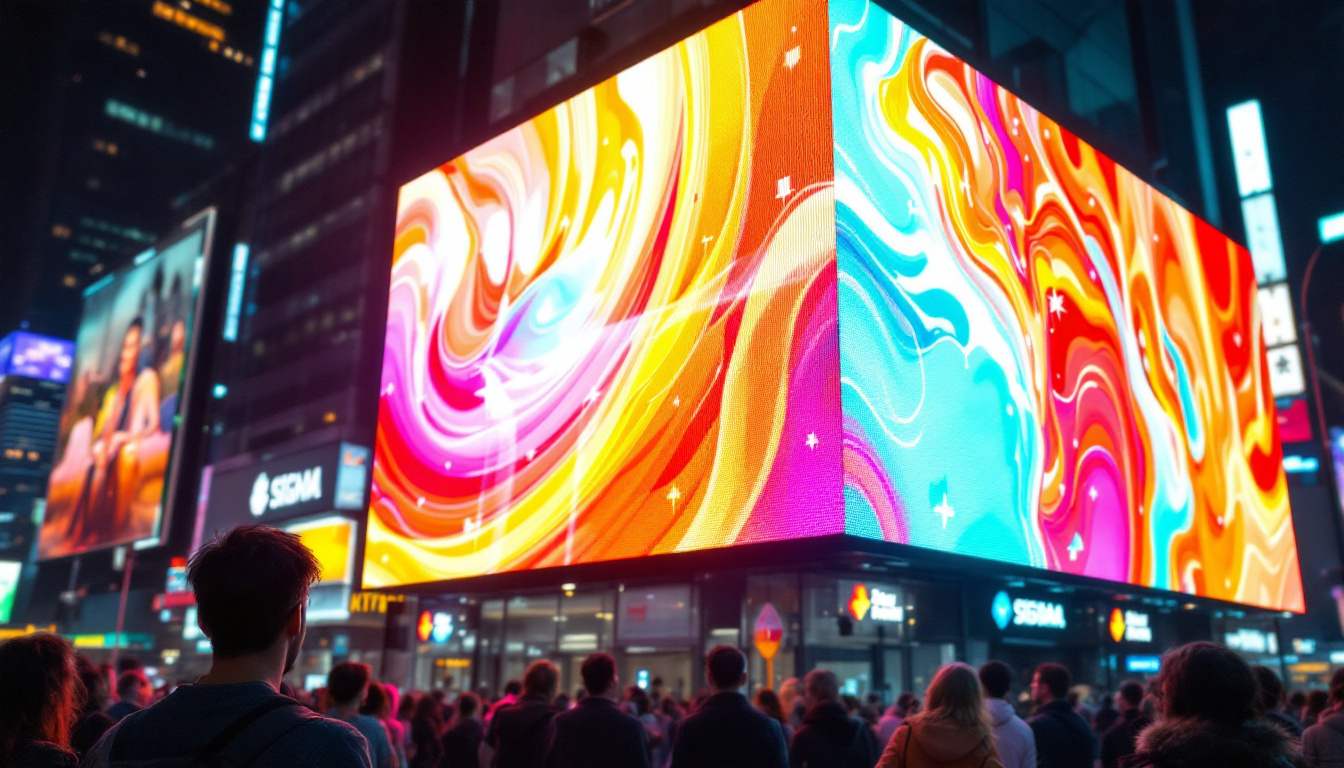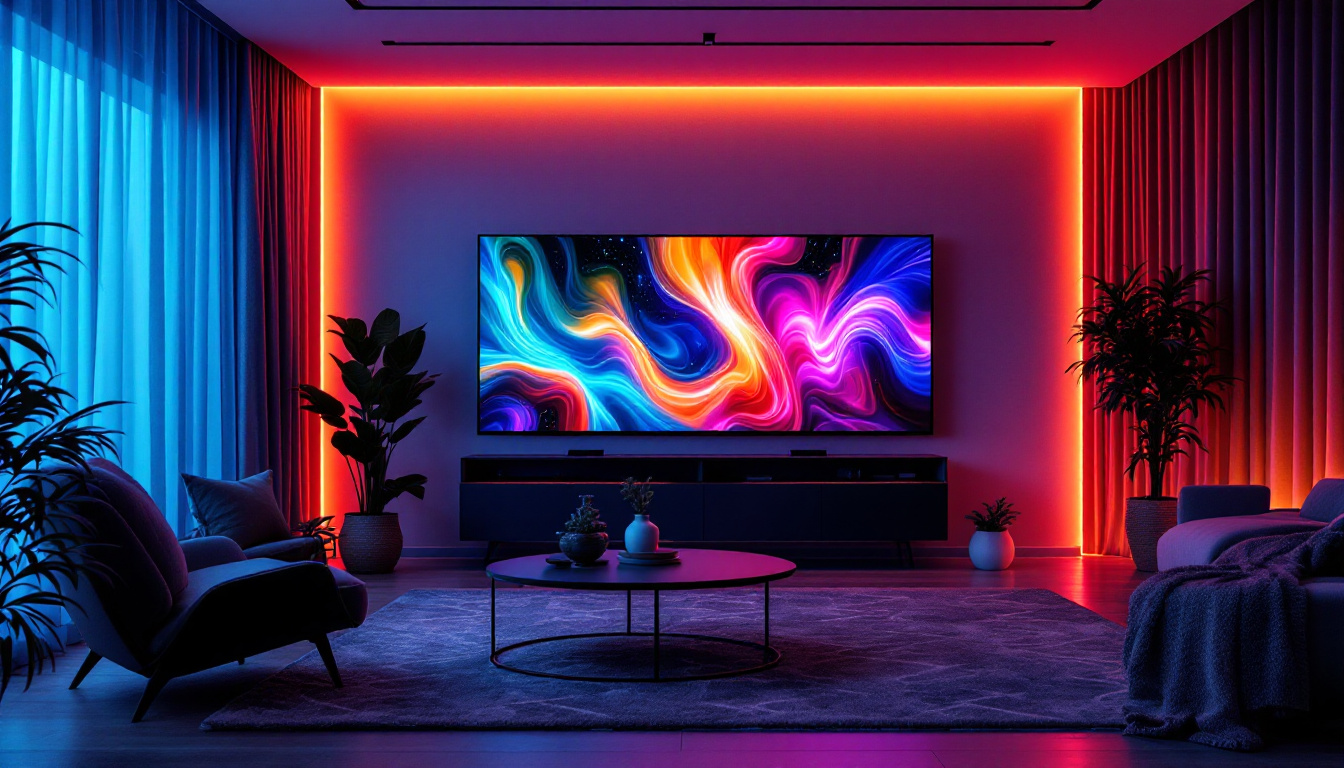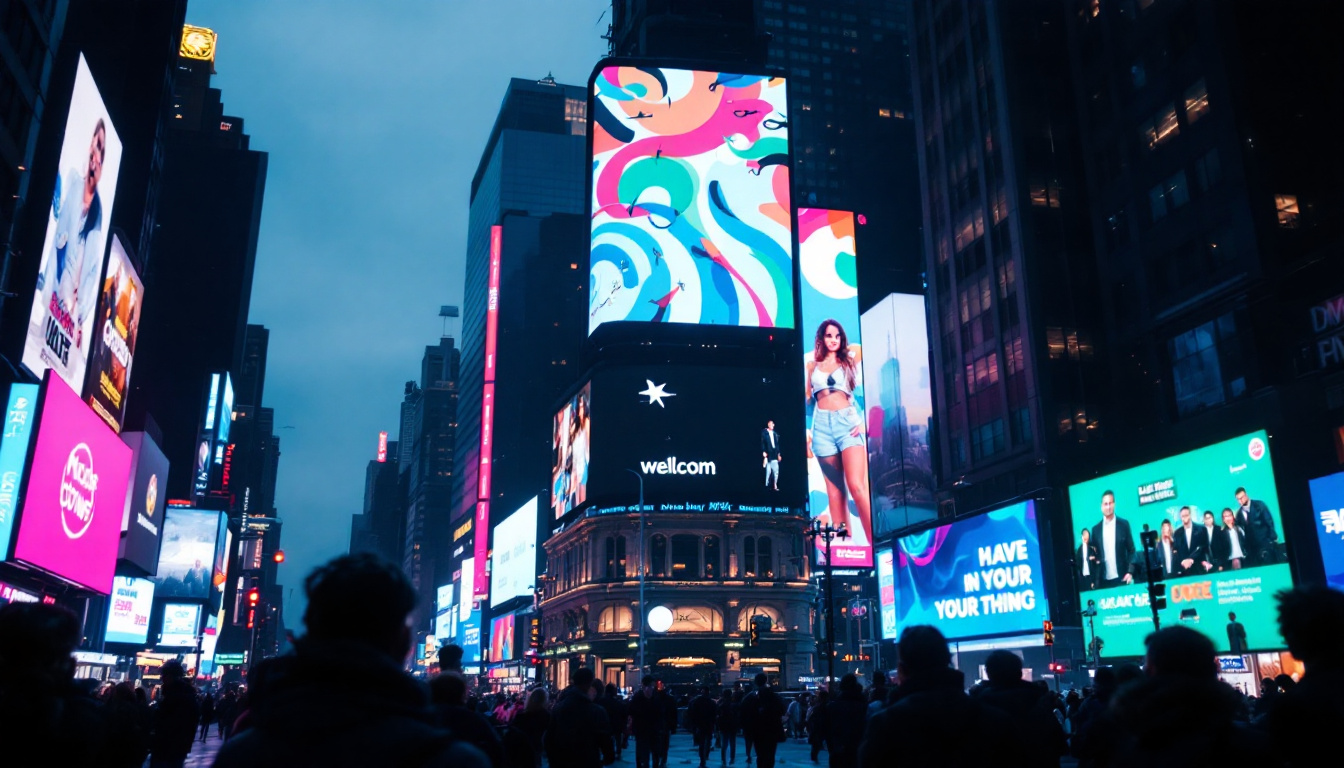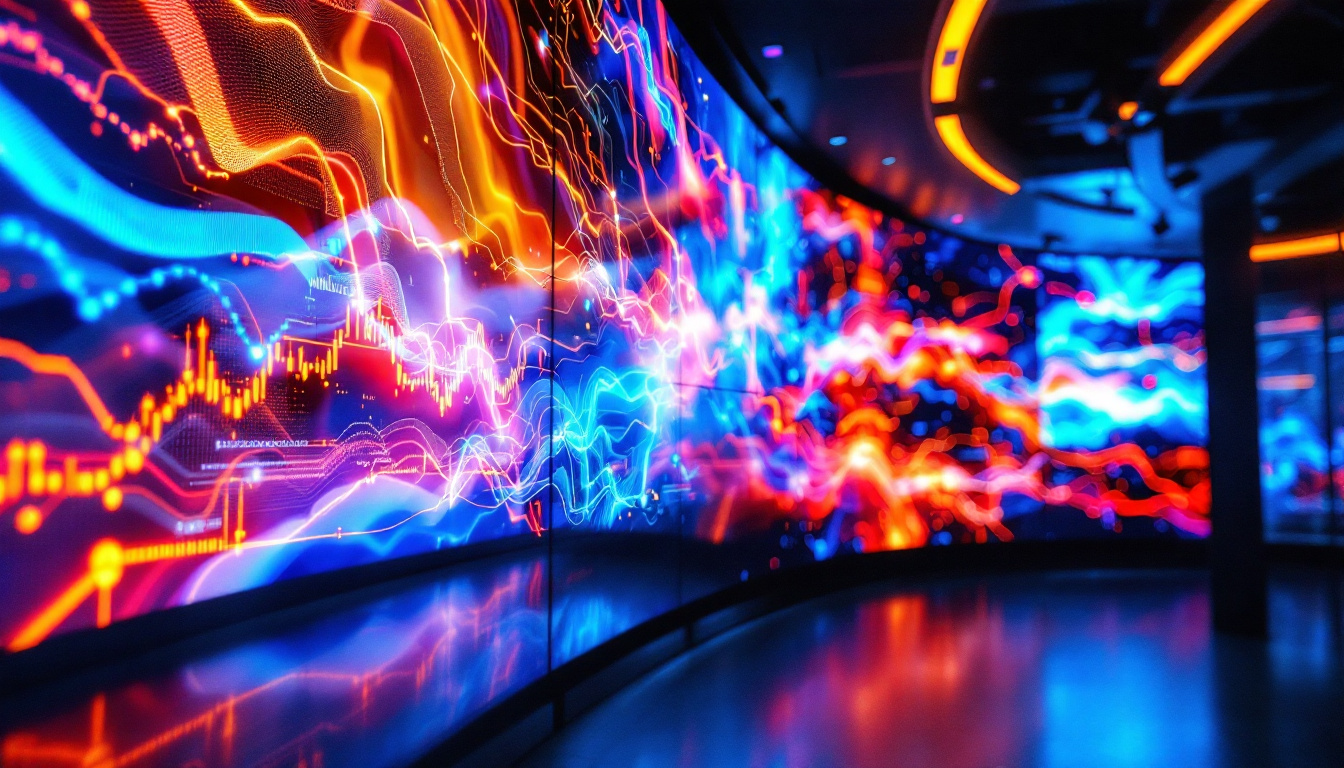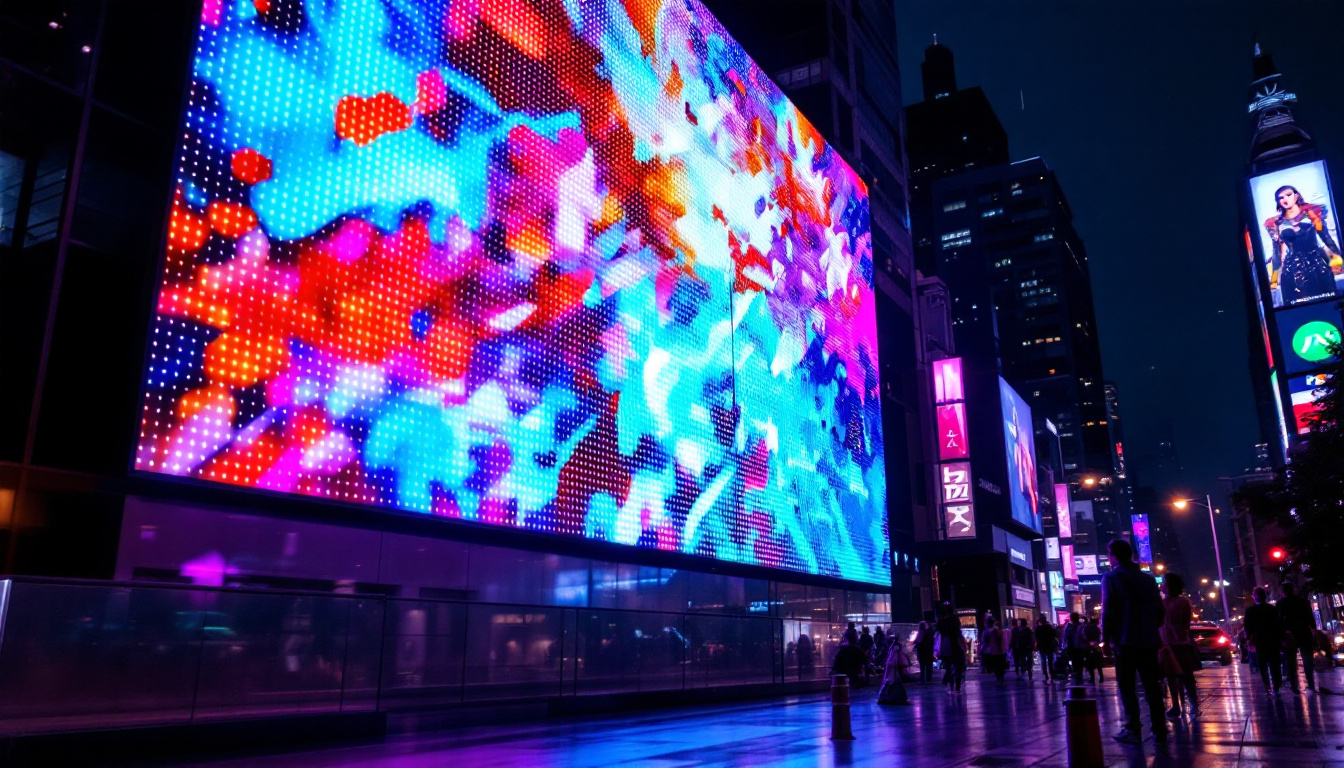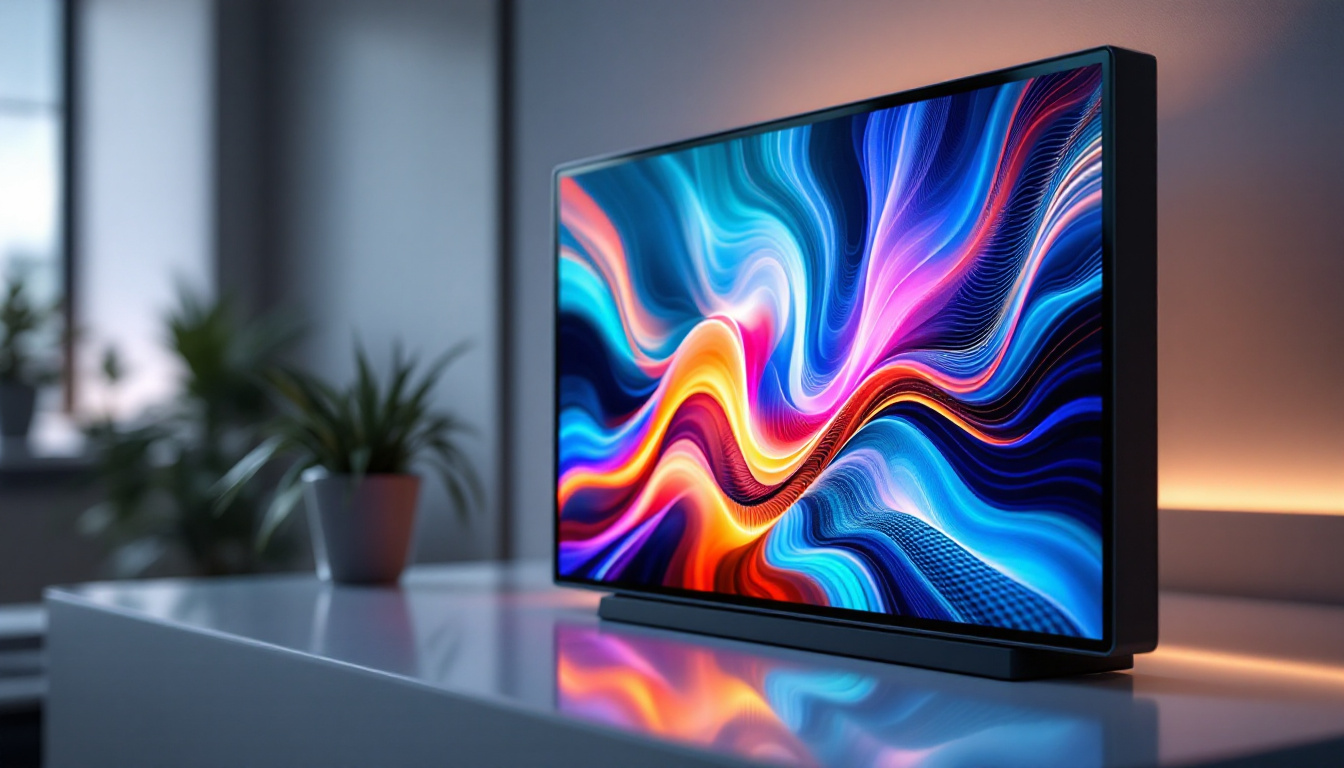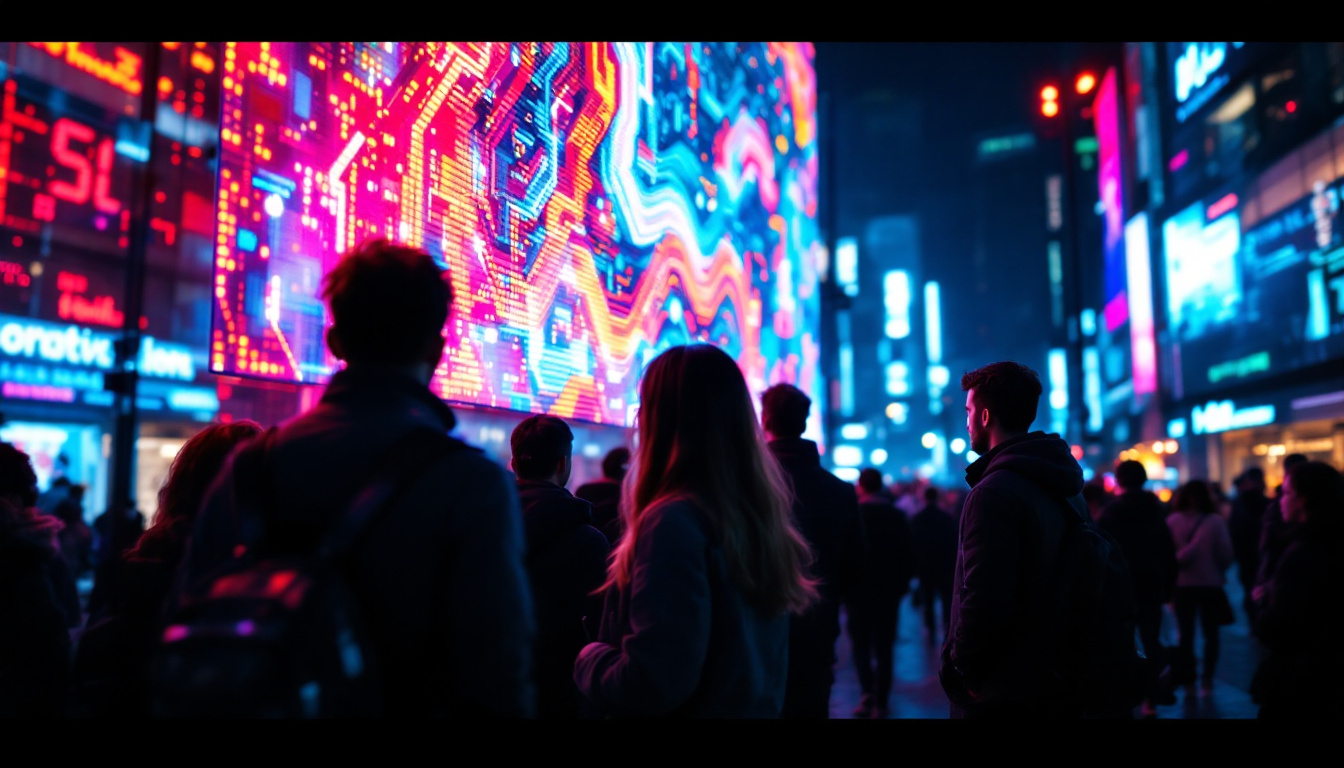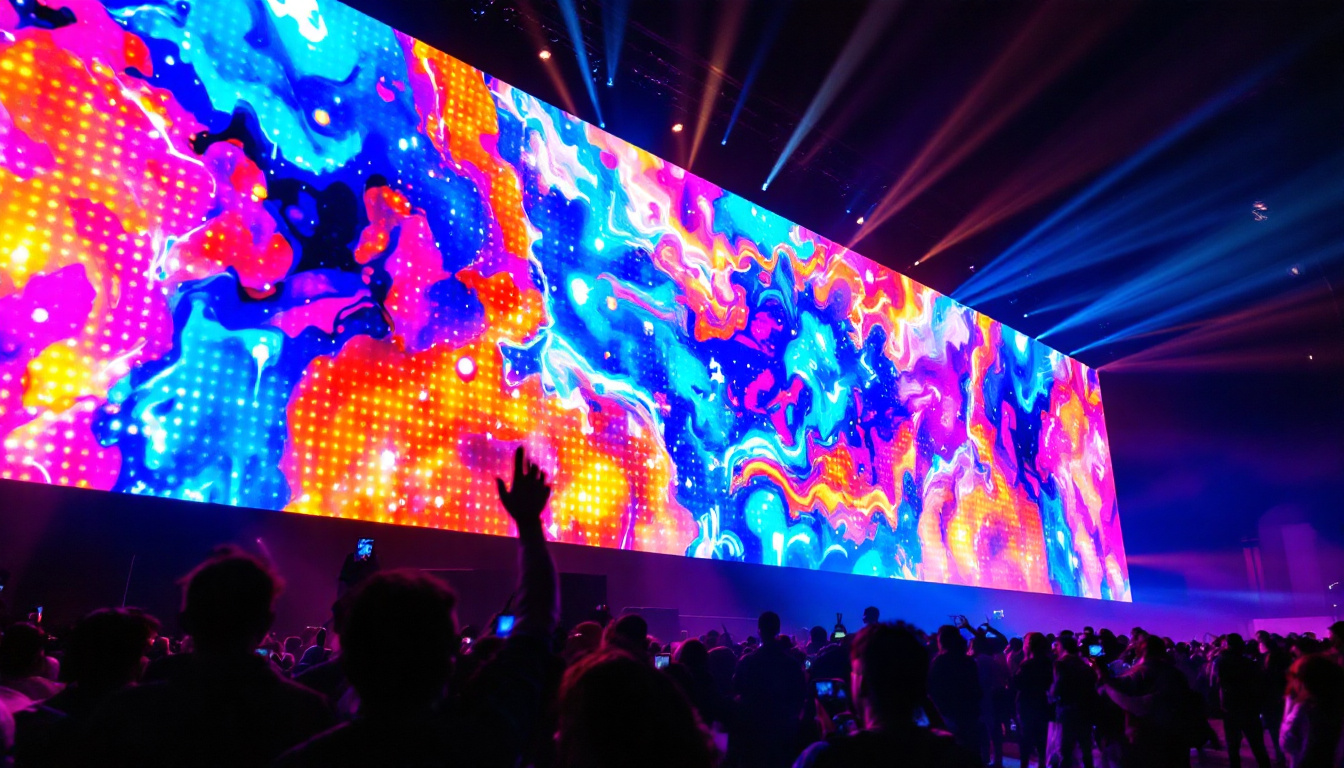In the world of digital displays, particularly LED technology, the term “pitch” plays a crucial role in determining the quality and effectiveness of visual communication. Understanding pitch can significantly influence decisions related to display selection, installation, and usage. This article delves into the concept of pitch in LED displays, its implications, and how it affects the overall viewing experience.
Understanding LED Display Pitch
The term “pitch” refers to the distance between the centers of two adjacent pixels in an LED display. This measurement is typically expressed in millimeters (mm) and is a key factor in determining the resolution and clarity of the display. A smaller pitch indicates a higher pixel density, which generally results in a sharper image and finer detail.
Types of Pitch
There are various types of pitch used in LED displays, each suited for different applications. Common types include:
- Fine Pitch: These displays have a pitch of less than 2.5mm. They are ideal for close viewing distances, such as in control rooms or high-end retail environments.
- Medium Pitch: With a pitch ranging from 2.5mm to 5mm, medium pitch displays are versatile and suitable for a variety of applications, including corporate events and sports arenas.
- Coarse Pitch: Displays with a pitch greater than 5mm are typically used for large outdoor screens or billboards, where viewers are positioned at a greater distance.
How Pitch Affects Image Quality
The relationship between pitch and image quality is significant. A smaller pitch allows for more pixels in a given area, which translates to better image resolution. This is particularly important for applications that require detailed graphics or text, where clarity is paramount. Conversely, a larger pitch may lead to pixelation, especially when viewed from a close distance.
Moreover, the viewing angle also plays a role in how pitch affects image quality. Displays with smaller pitches tend to maintain image clarity at wider angles, making them suitable for environments where viewers may be positioned at various locations relative to the screen.
In addition to viewing distance and angle, the type of content displayed can also influence the choice of pitch. For instance, high-definition video content benefits greatly from fine pitch displays, as the increased pixel density can render intricate details and vibrant colors with precision. On the other hand, for static images or text-heavy content, a medium pitch may suffice, providing a balance between cost and quality. Understanding the specific needs of your application is essential in selecting the right pitch for optimal performance.
Furthermore, advancements in LED technology have led to the development of hybrid displays that can adjust their pitch dynamically based on the content being shown. This innovative approach not only enhances the viewing experience but also optimizes energy consumption, as the display can operate at lower power levels when showing less demanding content. As the market continues to evolve, the importance of pitch in LED displays will remain a critical consideration for both manufacturers and consumers alike.
Choosing the Right Pitch for Your Needs
When selecting an LED display, understanding the intended application is crucial in determining the appropriate pitch. Factors such as viewing distance, environment, and content type should all be considered.
Viewing Distance
The optimal pitch for an LED display largely depends on how far away viewers will be. A general rule of thumb is that the viewing distance in centimeters should be at least 10 times the pitch in millimeters. For example, a display with a pitch of 3mm is best viewed from a distance of at least 3 meters.
In environments where viewers are likely to be closer to the screen, such as in retail spaces or exhibitions, a fine pitch display is recommended. In contrast, for large venues like stadiums or outdoor events, a coarser pitch may suffice, as the audience will be positioned further away.
Environmental Considerations
The environment where the display will be installed also influences the choice of pitch. Outdoor displays, for instance, often require a larger pitch to accommodate the greater viewing distances and to ensure visibility in bright sunlight. Additionally, outdoor displays must be robust enough to withstand the elements, which can affect the overall design and pixel arrangement.
Indoor displays, on the other hand, benefit from finer pitches due to their proximity to viewers. These displays can also incorporate advanced technologies such as HDR (High Dynamic Range) and higher refresh rates, further enhancing image quality.
Moreover, the choice of pitch can also impact the overall aesthetic of the installation. For instance, a display with a finer pitch can create a seamless and immersive viewing experience, making it ideal for high-end retail environments or art installations where detail is paramount. Conversely, a coarser pitch may be more suitable for informational displays in public spaces, where the primary goal is to convey messages quickly and effectively, rather than to showcase intricate visuals.
Another critical aspect to consider is the type of content that will be displayed. If the content includes high-resolution videos or intricate graphics, a finer pitch will ensure that the details are sharp and clear, enhancing viewer engagement. On the other hand, for simpler content like text or logos, a coarser pitch may be adequate, allowing for cost savings while still delivering a visually appealing result.
The Impact of Content on Pitch Selection
The type of content that will be displayed is another critical factor in pitch selection. Different types of content have varying requirements for clarity and detail, which can influence the choice of pitch.
Text and Graphics
When displaying text or intricate graphics, a finer pitch is essential to ensure readability and clarity. For instance, digital signage that communicates important information, such as wayfinding or promotional messages, must be easily legible from various distances. A pitch of 2.5mm or smaller is often recommended for such applications.
Conversely, for content that is primarily visual, such as videos or images, a medium or coarse pitch may be more appropriate, especially if the viewing distance is substantial. The key is to balance the resolution needs with the practical considerations of the viewing environment.
Dynamic vs. Static Content
Dynamic content, which includes videos and animations, can benefit from displays with a smaller pitch, as the increased pixel density enhances the overall viewing experience. High-definition video content requires a display that can accurately reproduce colors and details, making fine pitch displays the preferred choice.
On the other hand, static content, such as logos or simple graphics, can often be displayed effectively on a medium or coarse pitch screen. The primary goal is to ensure that the content remains visually appealing without unnecessary expenditure on resolution that may not be fully utilized.
Technological Advances in LED Displays
The LED display industry is constantly evolving, with new technologies emerging that enhance performance and image quality. These advancements can influence pitch selection and overall display effectiveness.
MicroLED Technology
MicroLED technology represents a significant leap forward in display technology. This innovation utilizes tiny individual LEDs to create images, allowing for incredibly fine pitches, often below 1mm. MicroLED displays offer exceptional brightness, contrast, and color accuracy, making them ideal for high-end applications where visual fidelity is critical.
As this technology becomes more accessible, it is likely to redefine the standards for pitch in LED displays, enabling even closer viewing distances without sacrificing image quality.
HDR and Color Calibration
High Dynamic Range (HDR) technology enhances the range of colors and brightness levels in LED displays, providing a more immersive viewing experience. When combined with fine pitch displays, HDR can significantly elevate the quality of both static and dynamic content.
Additionally, advancements in color calibration techniques ensure that displays maintain accurate color reproduction across varying pitches. This is particularly important for applications in fields such as advertising and broadcasting, where color fidelity is essential.
Maintenance and Longevity of LED Displays
Understanding pitch is not only important for selection but also for maintenance and longevity of LED displays. Proper care can extend the lifespan of the display, ensuring it continues to perform at optimal levels.
Regular Cleaning and Inspection
Regular cleaning is essential to maintaining the clarity and brightness of LED displays. Dust and grime can accumulate on the surface, affecting image quality. Depending on the environment, cleaning schedules may need to be more frequent in outdoor settings compared to indoor installations.
Additionally, routine inspections can help identify any issues related to pixel failure or color inconsistencies. Early detection of problems can prevent more significant issues down the line, ensuring the display remains effective throughout its lifespan.
Software Updates and Calibration
Keeping the display’s software up to date is crucial for performance. Manufacturers often release updates that improve functionality and address any bugs. Regular calibration of the display can also ensure that colors remain accurate and consistent, particularly in environments where lighting conditions may change.
Conclusion
Understanding the concept of pitch in LED displays is vital for making informed decisions regarding display selection, installation, and maintenance. The pitch directly influences image quality, viewing experience, and the overall effectiveness of visual communication.
By considering factors such as viewing distance, content type, and environmental conditions, individuals and businesses can select the most appropriate pitch for their needs. As technology continues to advance, staying informed about new developments in LED displays will further enhance the ability to choose the right solutions for various applications.
Ultimately, the right pitch can make all the difference in delivering clear, engaging, and impactful visual experiences.
Discover the Perfect LED Display Solution with LumenMatrix
Ready to elevate your visual communication with the ideal pitch and cutting-edge LED technology? Explore LumenMatrix’s comprehensive suite of LED display solutions, from Indoor and Outdoor LED Wall Displays to innovative options like Vehicle LED Displays and LED Transparent Displays. Embrace the future of digital signage with LumenMatrix and create unforgettable visual experiences that captivate your audience. Check out LumenMatrix LED Display Solutions today and see how we can help you share your message with precision and flair.

